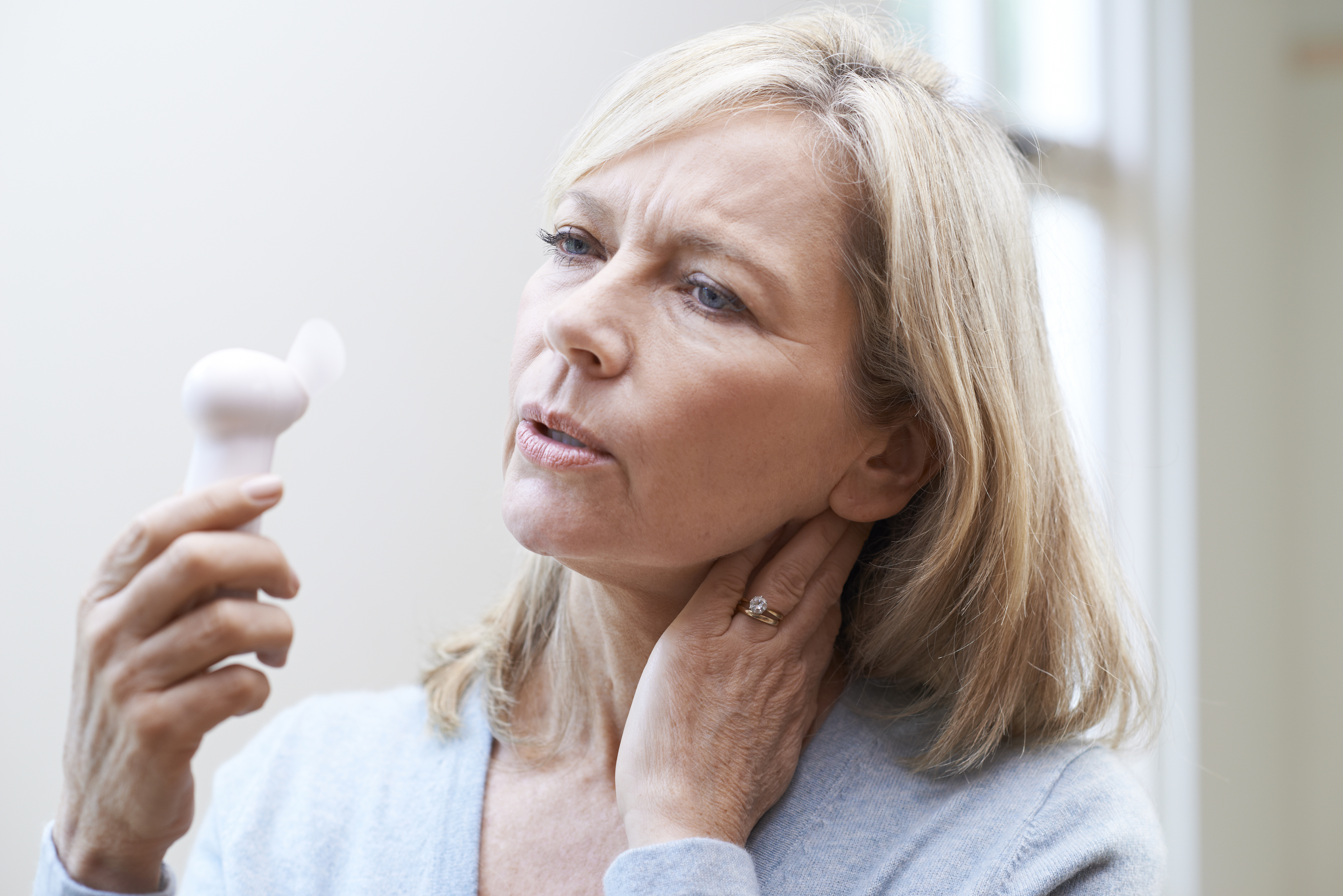What test can determine whether menopause is approaching?
①Sex hormone test and estrogen test
The follicle-stimulating hormone (FSH) and luteinizing hormone (LH) secreted by the pituitary gland make the follicles in the ovaries develop, mature and ovulate, and produce estrogen (E2) and progesterone (P). Estrogen and progesterone in turn have a negative feedback effect on the hypothalamus and pituitary gland, inhibiting the excessive increase of FSH and LH. When the ovaries age, the follicles decrease and ovulation is impaired. At this time, ovulation first causes progesterone deficiency, and then estrogen also decreases. After the decrease of estrogen and progesterone, the negative feedback effect on the hypothalamus and pituitary gland is lost, and FSH and LH increase.
Therefore, detecting changes in sex hormones can reflect changes in ovarian function.
At different times in the menstrual cycle, the normal values of FSH, LH, E2, and P are different. When testing ovarian function, the level of basic sex hormones should be tested.

The time to check basic sex hormones is from the 2nd to 5th day of menstruation (calculated from the day of menstruation), and the 2nd to 3rd day is the best. For those with oligomenorrhea or amenorrhea, if the urine pregnancy test is negative, there are no follicles ≥10mm on both ovaries during vaginal B-ultrasound examination, and the endometrial thickness is less than 5mm, it can also be used as the basic state.
The judgment of ovarian function is mainly based on FSH and E2 values. When FSH>40U/L and E2 is very low, it indicates that menopause has begun; when FSH is between 25 and 40U/L and E2 is less than 73.2pmol/L, it indicates ovarian dysfunction.
During the menopausal transition period, FSH and E2 will fluctuate, so the results of more than 2 consecutive times are more diagnostically meaningful.
②Anti-Müllerian hormone (AMH)
AMH is mainly secreted by preantral follicles and antral follicles with a diameter of <8mm in the ovaries. In follicles with a diameter of >8mm, AMH drops sharply.
During adolescence, there are many follicles in the follicle pool and the AMH level is high. Then, with age, the number of follicles stored in the ovaries continues to decrease, and AMH gradually decreases. When the follicles are completely exhausted, the AMH value is almost 0.
AMH reflects the decline of ovarian reserve function earlier and more sensitively than FSH. It is not affected by the menstrual cycle, so it can be detected at any time.
When AMH is less than 0.086ng/ml, it indicates that menopause has begun.





